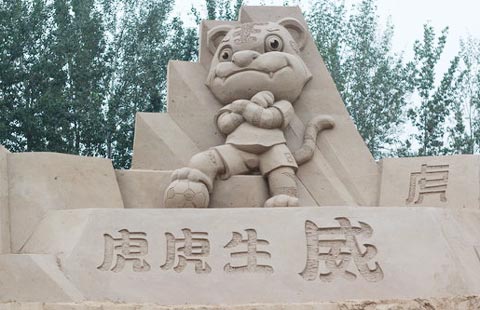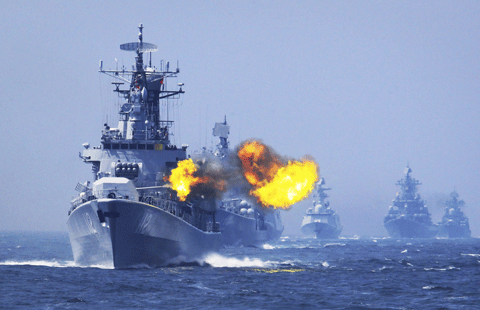
The timing of the release of Japan's defense white paper, just one day before the anniversary of the dropping of the first atomic bomb on Hiroshima, may raise a few eyebrows.
Last year's paper was released on July 9. It may be that a perfectly reasonable explanation lies behind the release date, but it could be an attempt to mute criticism of the paper as Japan remembers the catastrophe of military defeat.
The wording of the paper may also keep those eyebrows raised. In Chapter 1, Part 2, under the heading "Measures to Ensure Japan's Security," it says that "upon recognizing the role of defense capabilities, Japan aims to ensure national security as well as bring peace and safety to the Asia-Pacific region, and eventually to the entire world, through making its utmost efforts in a variety of fields".
Again, this might be the work of an overexcited bureaucrat, but it does seem at the very least presumptuous. To say that Japan is aiming to bring "peace and stability ... to the entire world" may indicate an ambitious mindset as yet unrevealed.
The wording gains in clarity, if not accuracy, in Section 2, sub-section 2 under the heading "The Government's View on Article 9 of the Constitution":
"The possession of armaments deemed to be offensive weapons designed to be used only for the mass destruction of another country, which would, by definition, exceed the minimum necessary level, is not permissible under any circumstances. For example, the Self-Defense Forces are not allowed to possess intercontinental ballistic missiles, long-range strategic bombers, or attack aircraft carriers."
Now, "attack" and "aircraft" could be a problem. Would a defense aircraft carrier possibly be permitted?
Last year, Japan launched the Izumo, a 250-meter-long "flat-topped destroyer". Named after a cruiser that was sunk by the United States in 1945, the warship is, in reality, an aircraft carrier. However, aircraft carriers imply a force projection well beyond Japan's shores, so therefore it must be called a destroyer or a helicopter carrier.
But the real concern is Section 2, under the heading "Constitution and the Basis of Defense Policy".
Sub-section 3 looks at the "geographic boundaries within which the right of self-defense may be exercised".
It states that "the use of the minimum necessary force to defend Japan under the right of self-defense is not necessarily confined to the geographic boundaries of Japanese territory, territorial waters and airspace. However, it is difficult to give a general definition of the actual extent to which it may be used, as this would vary with the situation".
However, Article 9 of the Japanese Constitution is written in clear language:
"Aspiring sincerely to an international peace based on justice and order, the Japanese people forever renounce war as a sovereign right of the nation and the threat or use of force as means of settling international disputes. ... (Therefore) land, sea, and air forces, as well as other war potential, will never be maintained."
The contrast between those precise words and "difficult to give a general definition" is what should cause concern.
cliffordtomsan@hotmail.com
(China Daily 08/06/2014 page4)








